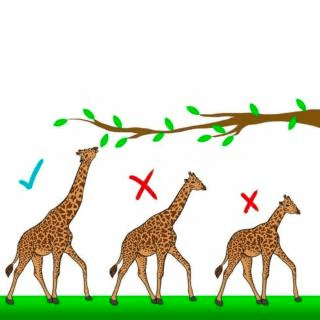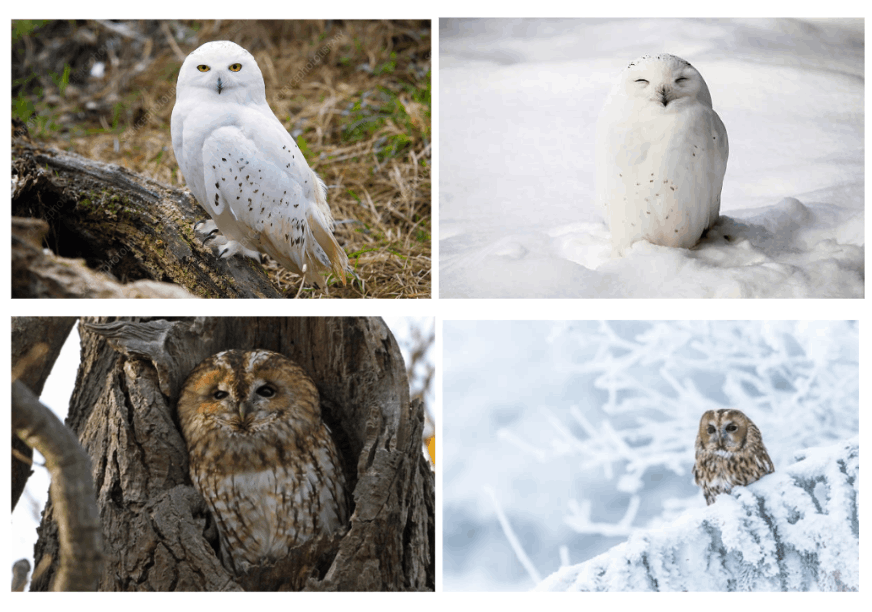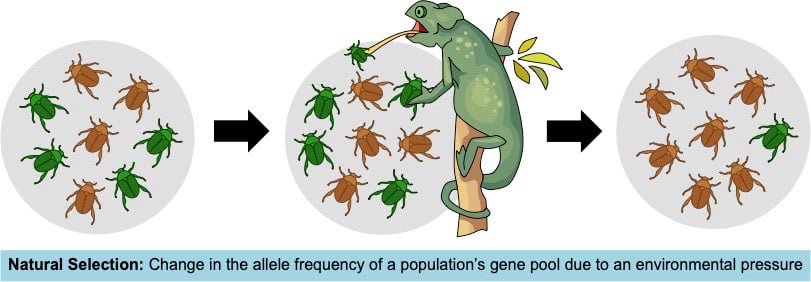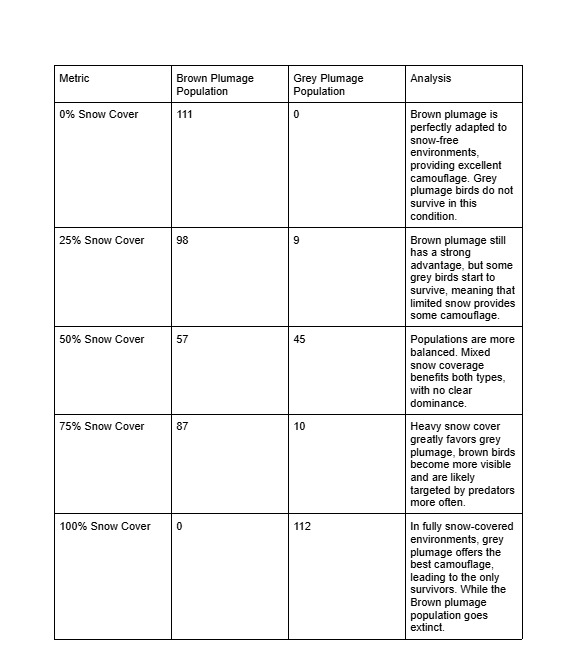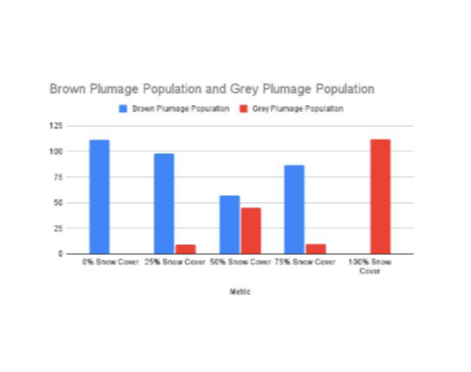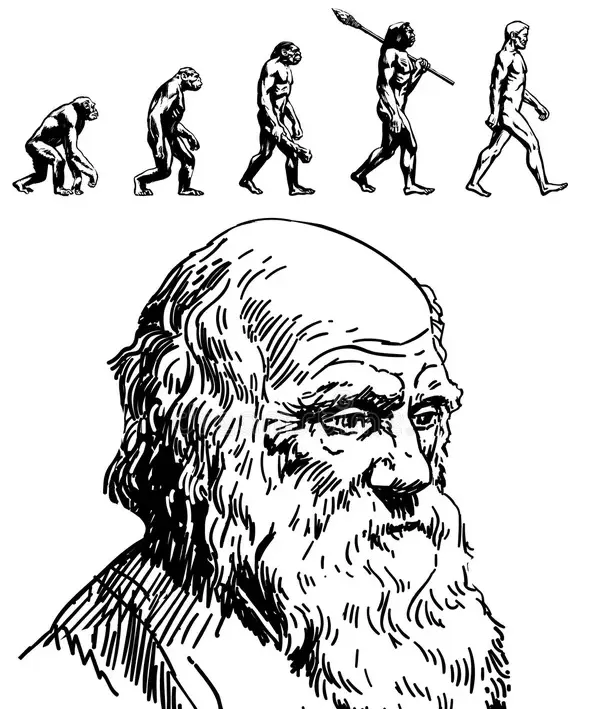
What is evolution?
Evolution is a process that results in changes in the genetic material of a population over time. Evolution reflects the adaptations of organisms to their changing environments and can result in altered genes, novel traits, and new species, like the adaptation of bacteria to antibiotics and other living things. These changes happen slowly over many generations and are caused by things like natural selection, mutations, and the mixing of genes. When these changes build up over time, they can make a big difference, creating completely new species.
